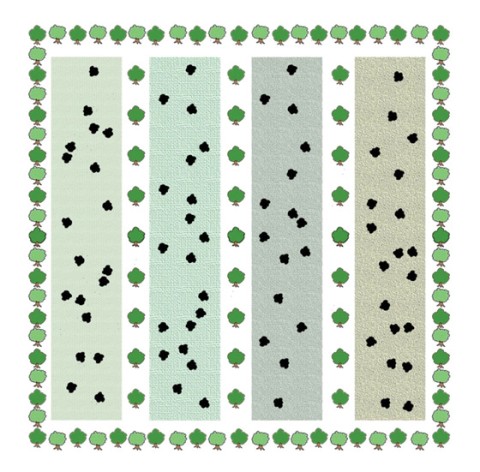Acacias in the desert: Breaking the cycle of drought

Life in Africa's Sahel region is precarious. Summer temperatures often reach 116 degrees in this ecozone that stretches from the Atlantic to Africa's Horn, between the Sahara desert and the savannas. Most soils are degraded from mismanagement. There is little biodiversity because farmers consider trees to be weeds and chop them down. Annual crops like sorghum and millet limp their way toward a meager harvest. When the rains don't come at all, famine does, and foreign aid workers appear with sacks of Nebraska wheat, while farmers watch the dunes encroach on their fields.
Now climate experts are predicting even drier conditions and increased temperatures in the Sahel, as well as increased climatic variability in the form of droughts and floods. Annual sorghum yield may decrease 15 percent by 2030. On top of all this are the pressures of population growth, adding up to a humanitarian crisis that will continue unabated for decades.
But there is a way to break this cycle. Before humans started growing their monocultures here, says agricultural missionary Peter Cunningham, the ecological pattern in the Sahel was savanna. Trees were prevalent until high deforestation rates and the burning of organic matter led to severe environmental degradation, leaving soils lifeless and exposed to erosion. This resulted in poor crop yields, which led to high rates of malnutrition and extreme poverty. With 90 percent of its population farmers or herders dependent on a beleaguered landscape, it's not hard to see why Niger—one of a dozen countries that the Sahel covers parts of—is one of the poorest countries in the world.




